Ideal Seasons for Foundation Repairs
Foundation repairs are most effective when performed during favorable weather conditions. Typically, dry and moderate temperatures provide optimal conditions for repair work, allowing materials to set properly and reducing the risk of complications caused by moisture or extreme cold. Scheduling repairs during spring or early summer can help ensure that the ground has stabilized after winter freeze-thaw cycles, minimizing the risk of future shifting.
Spring and early summer are ideal due to stable ground conditions and moderate temperatures.
Avoid scheduling during heavy rain or freezing temperatures to prevent delays and complications.
Performing repairs during dry seasons helps ensure materials cure properly and enhances longevity.
Consistent soil moisture levels reduce the risk of future shifting or settling after repairs.

Spring provides ideal conditions for foundation stabilization work.

Dry weather minimizes delays and ensures proper curing of repair materials.
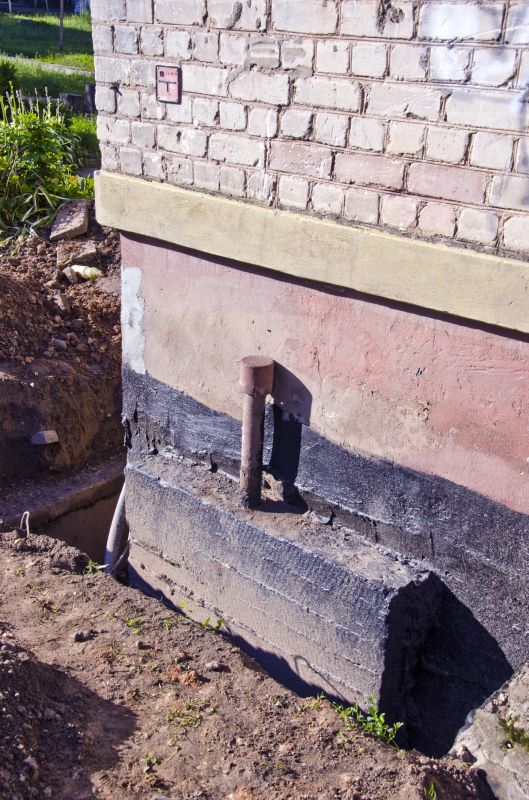
Performing repairs before peak summer heat helps maintain material integrity.

Ways to make Foundation Repairs work in tight or awkward layouts.
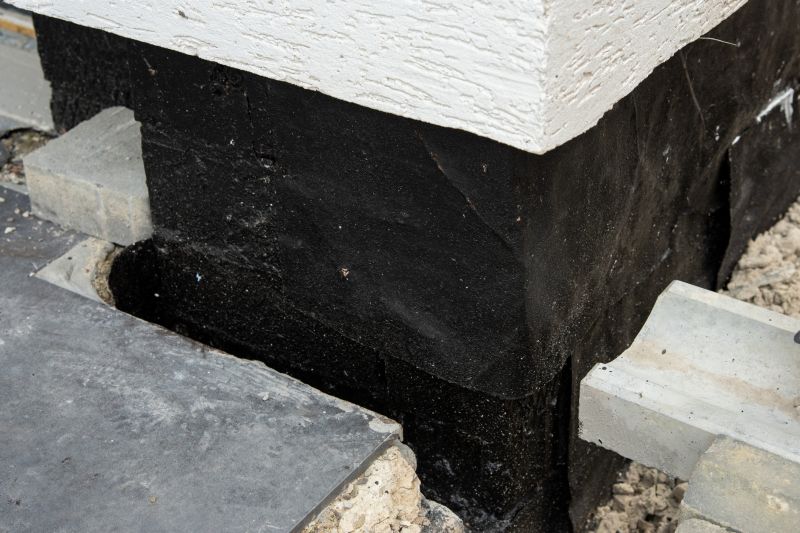
Popular materials for Foundation Repairs and why they hold up over time.
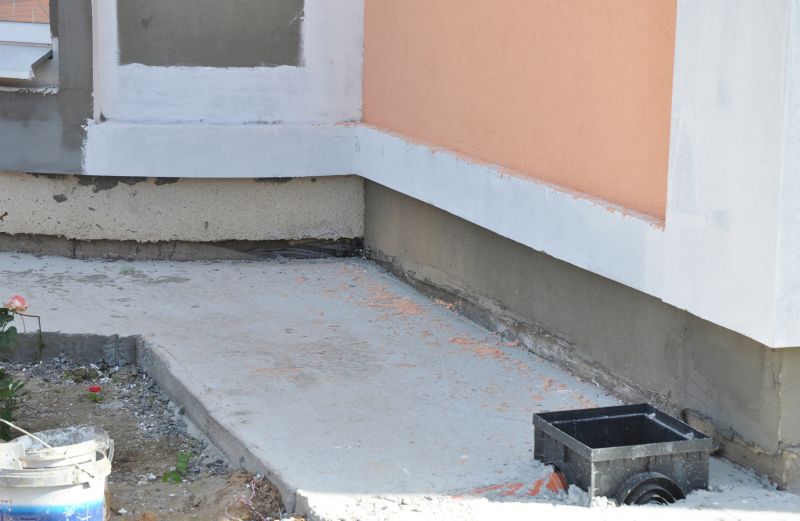
Simple add-ons that improve Foundation Repairs without blowing the budget.

High-end options that actually feel worth it for Foundation Repairs.
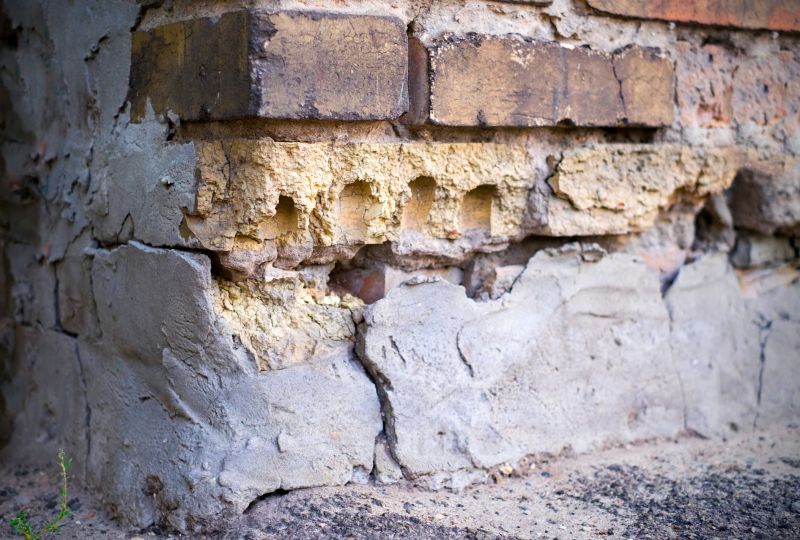
Finishes and colors that play nicely with Foundation Repairs.
Foundation repairs are essential for maintaining the structural integrity of a building. They address issues such as settling, cracking, and shifting caused by soil movement, moisture changes, or poor initial construction. Timely repairs can prevent further damage, reduce long-term costs, and ensure safety. The process often involves underpinning, piering, or stabilization techniques tailored to the specific needs of the property.
Statistics indicate that over 25% of homes experience some form of foundation movement during their lifespan. Properly timed repairs can significantly extend the lifespan of a building and prevent costly future repairs. Recognizing early signs of foundation issues, such as uneven floors, sticking doors, or visible cracks, allows for intervention during optimal seasons, maximizing repair effectiveness.
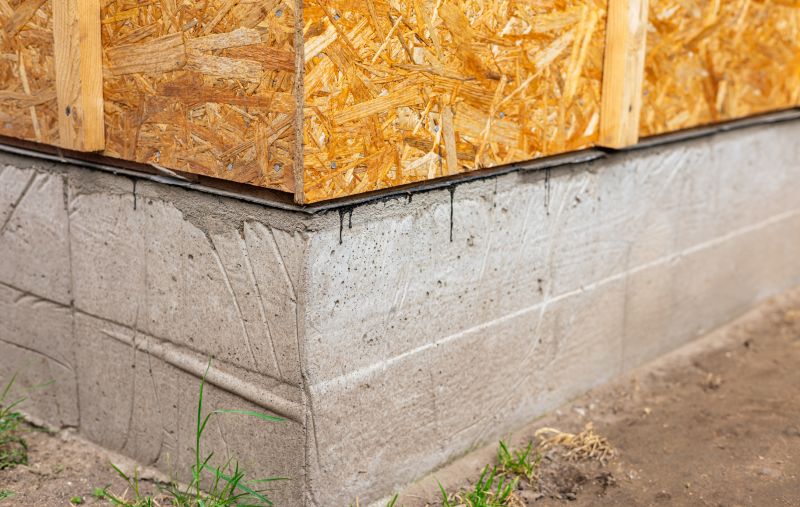
A comprehensive approach ensures long-lasting stability and safety.
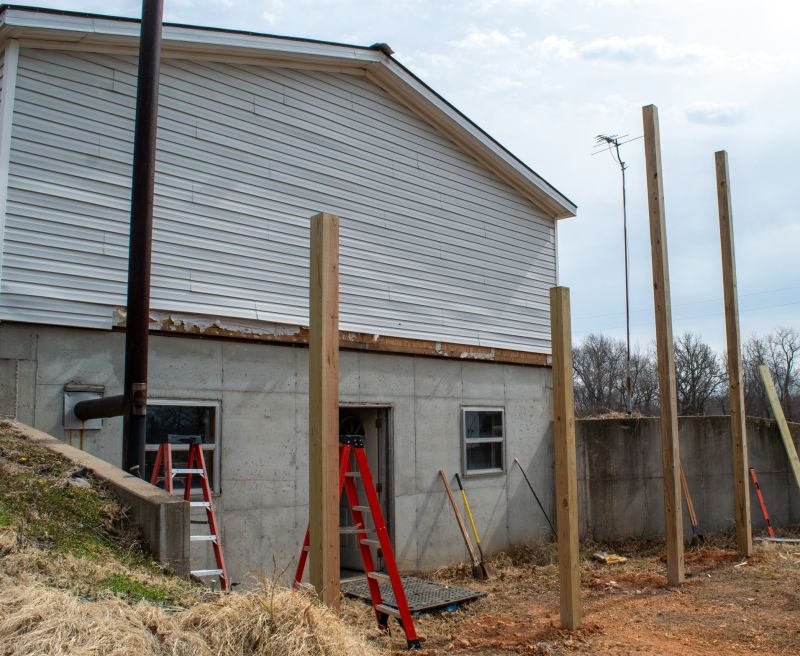
Visual evidence of successful foundation stabilization.
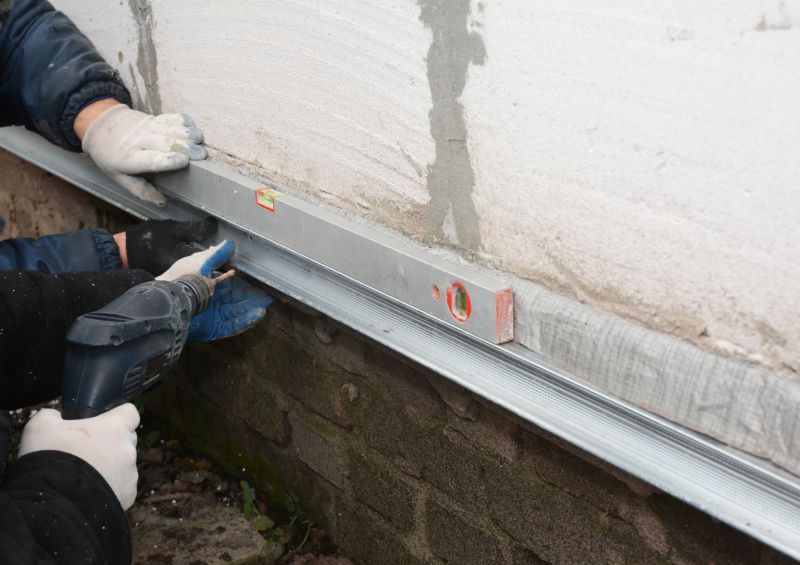
Advanced tools and techniques improve repair quality.

Identifying common signs of foundation distress.
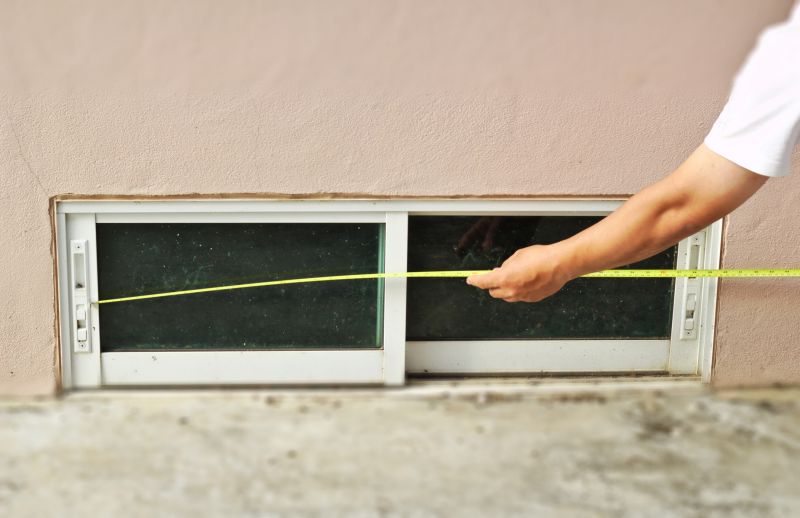
Little measurements that prevent headaches on Foundation Repairs day.
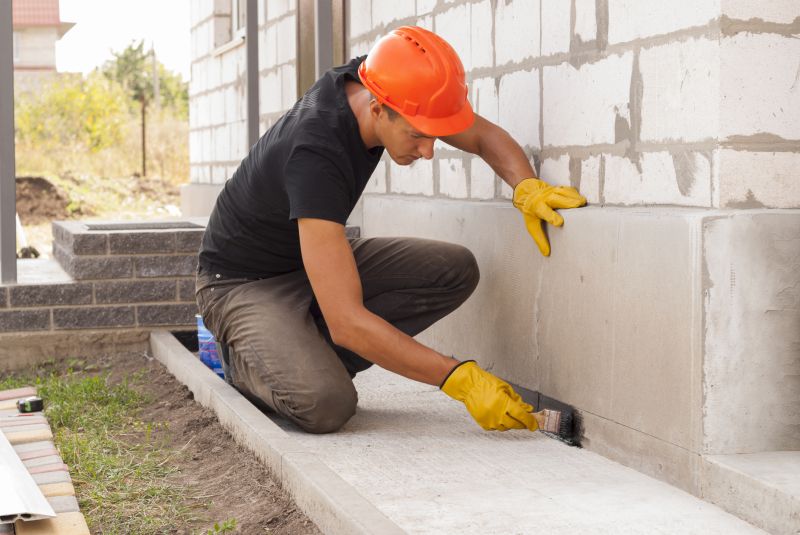
A 60-second routine that keeps Foundation Repairs looking new.
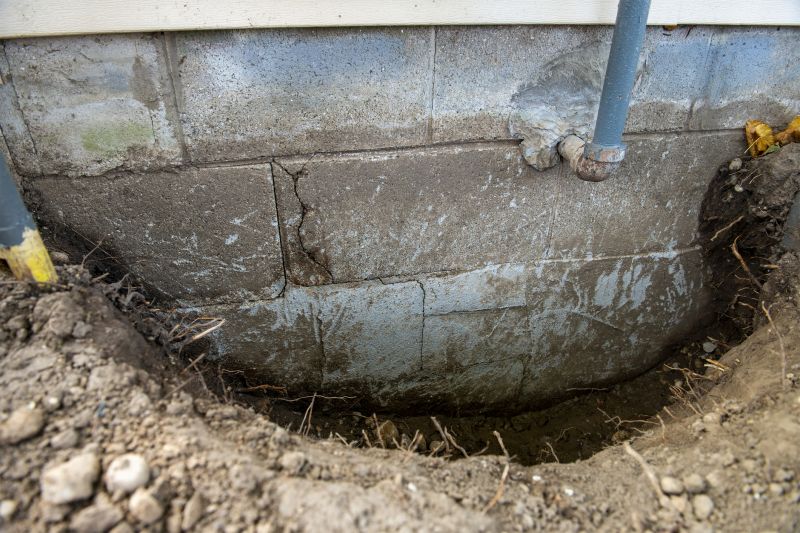
A frequent mistake in Foundation Repairs and how to dodge it.

Small tweaks to make Foundation Repairs safer and easier to use.
| Season | Advantages |
|---|---|
| Spring | Ideal soil conditions and moderate temperatures |
| Early Summer | Stable ground and pre-heat period |
| Late Summer | Longer daylight hours, good weather |
| Fall | Cooler temperatures, less rain |
| Winter | Not recommended due to cold and moisture |
Choosing the right time for foundation repairs involves considering weather patterns and soil conditions. Proper planning ensures that repairs are durable and effective, reducing the likelihood of future issues. Consulting with foundation specialists can provide guidance on the most suitable timing based on local climate conditions and the specific needs of the property.
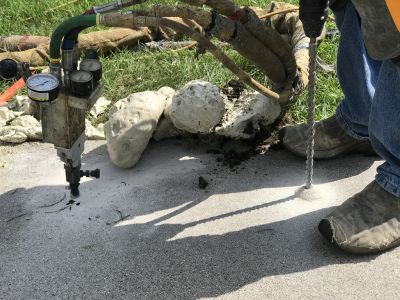
Specialized tools facilitate precise stabilization work.
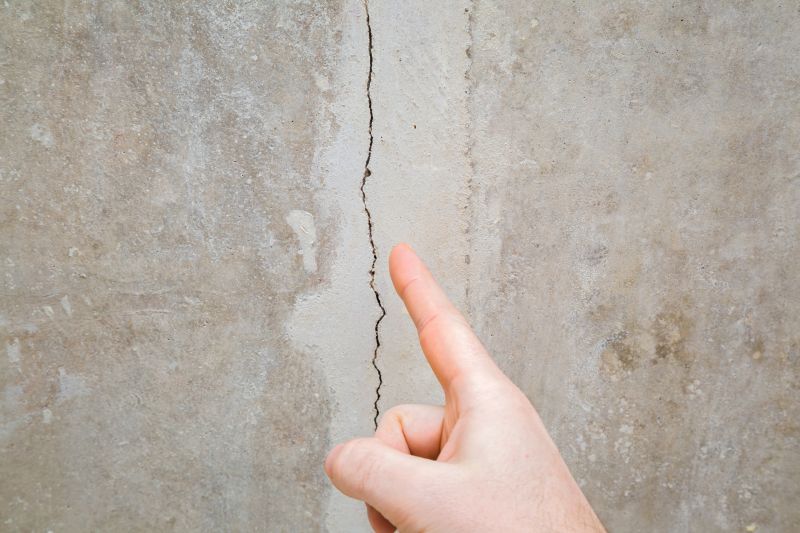
Early signs of structural issues requiring attention.
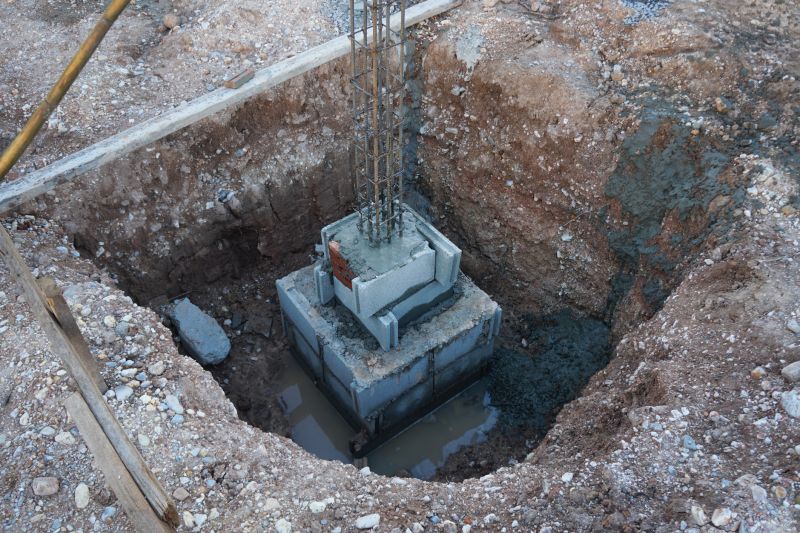
Methods used to prevent future shifting.
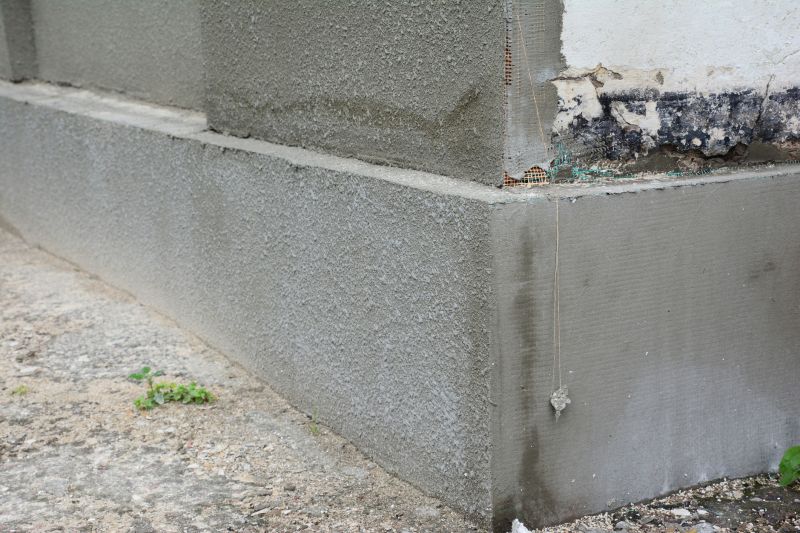
Showcasing a stabilized and secure foundation.

Lower-waste or water-saving choices for Foundation Repairs.
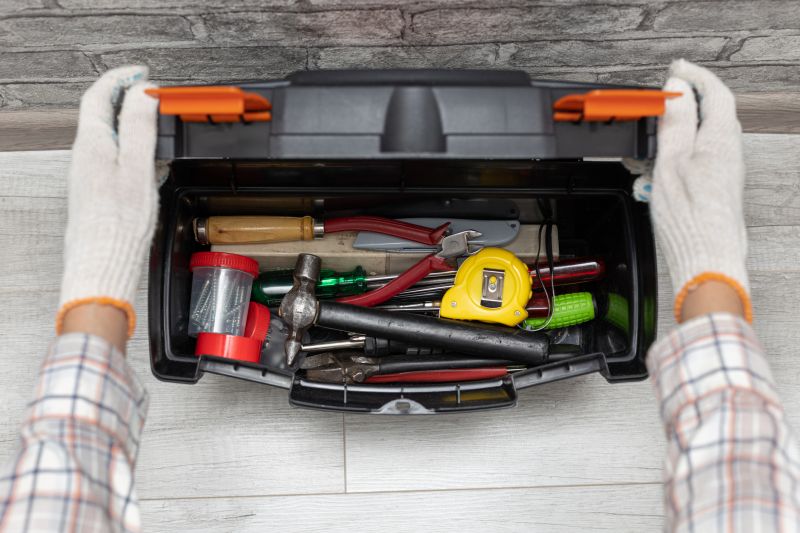
The short, realistic tool list for quality Foundation Repairs.
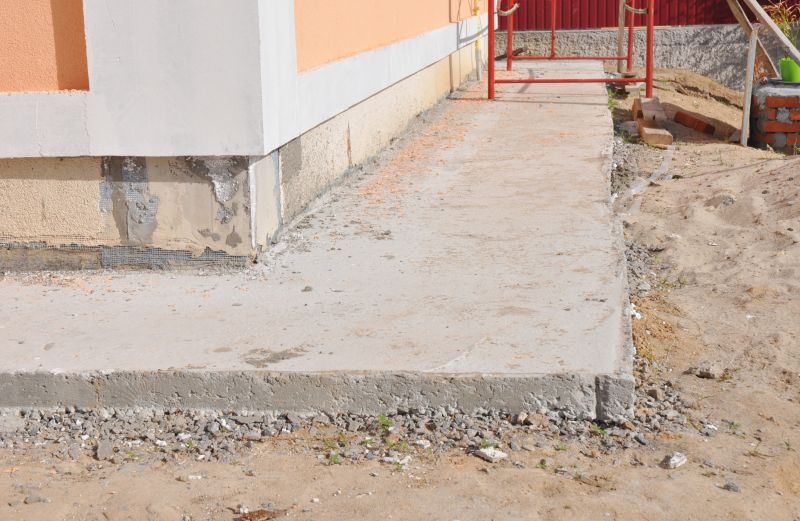
Rough timing from prep to clean-up for Foundation Repairs.
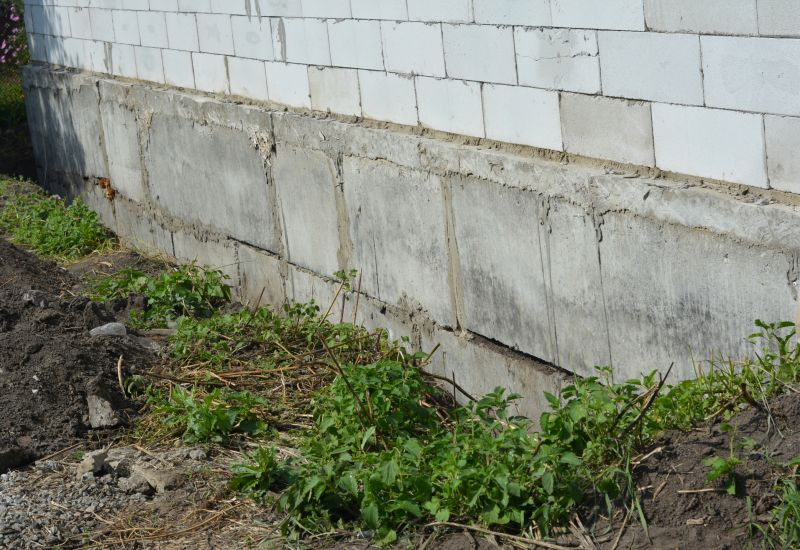
Quick checks and paperwork to keep after Foundation Repairs.
Interested property owners should consider scheduling foundation repairs during the most suitable seasons to maximize effectiveness. Early intervention can prevent extensive damage and preserve the property's value. For further guidance or to discuss specific needs, filling out the contact form is recommended.

